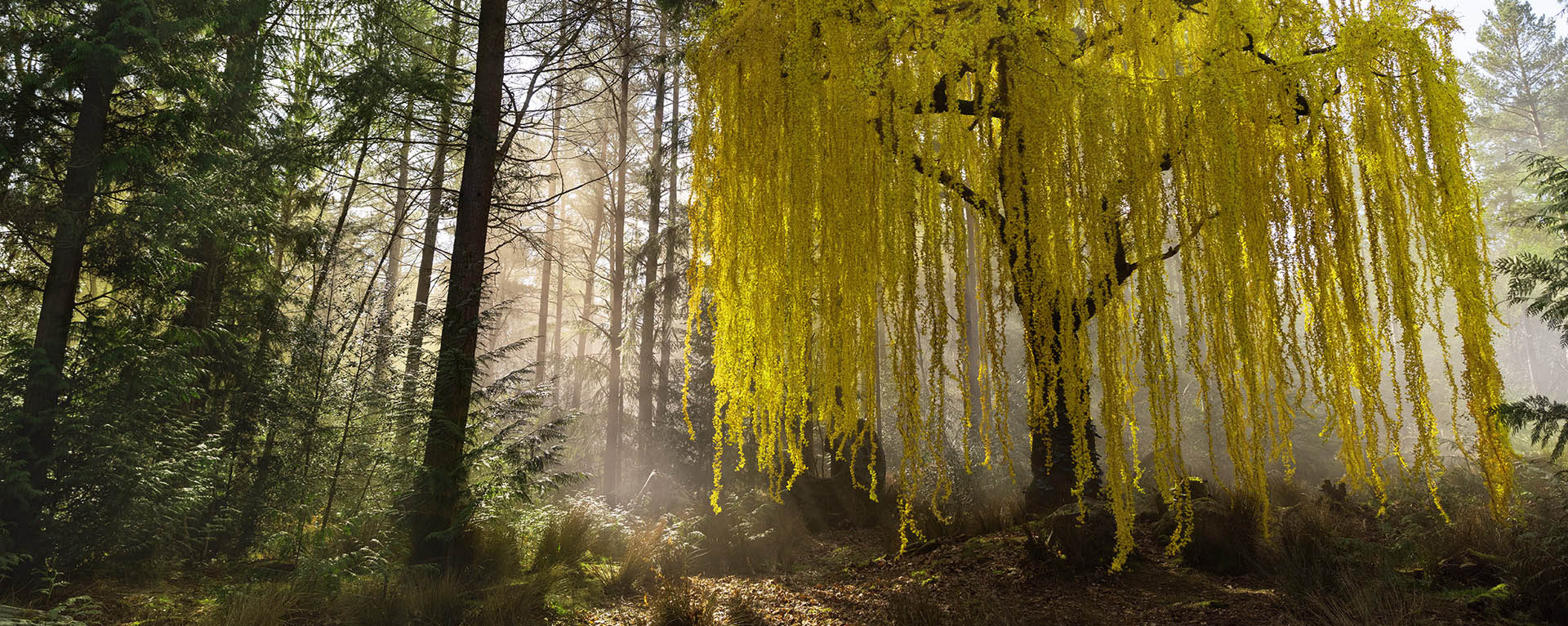Lucasfilm on Location: The Acolyte
Production designer Kevin Jenkins discusses the many earthly locales that double for worlds introduced in The Acolyte.
“Lucasfilm on Location” is a series that explores the real-world locales used for settings for everything from archaeological dig sites to planets in a galaxy far, far away…
Star Wars films and series have played host to scores of unique locales and planets throughout the galaxy, each one loaded with its own set of characteristics, atmospherics, and moods. While audiences are naturally drawn to the human dramas that unfold before them, the locations are what essentially whisk our imaginations to a galaxy far, far away.
The Acolyte – the latest Star Wars live-action series to launch on Disney+ – continues this tradition, introducing multiple new worlds and settings from an era set 100 years before the events of Star Wars: The Phantom Menace (1999).
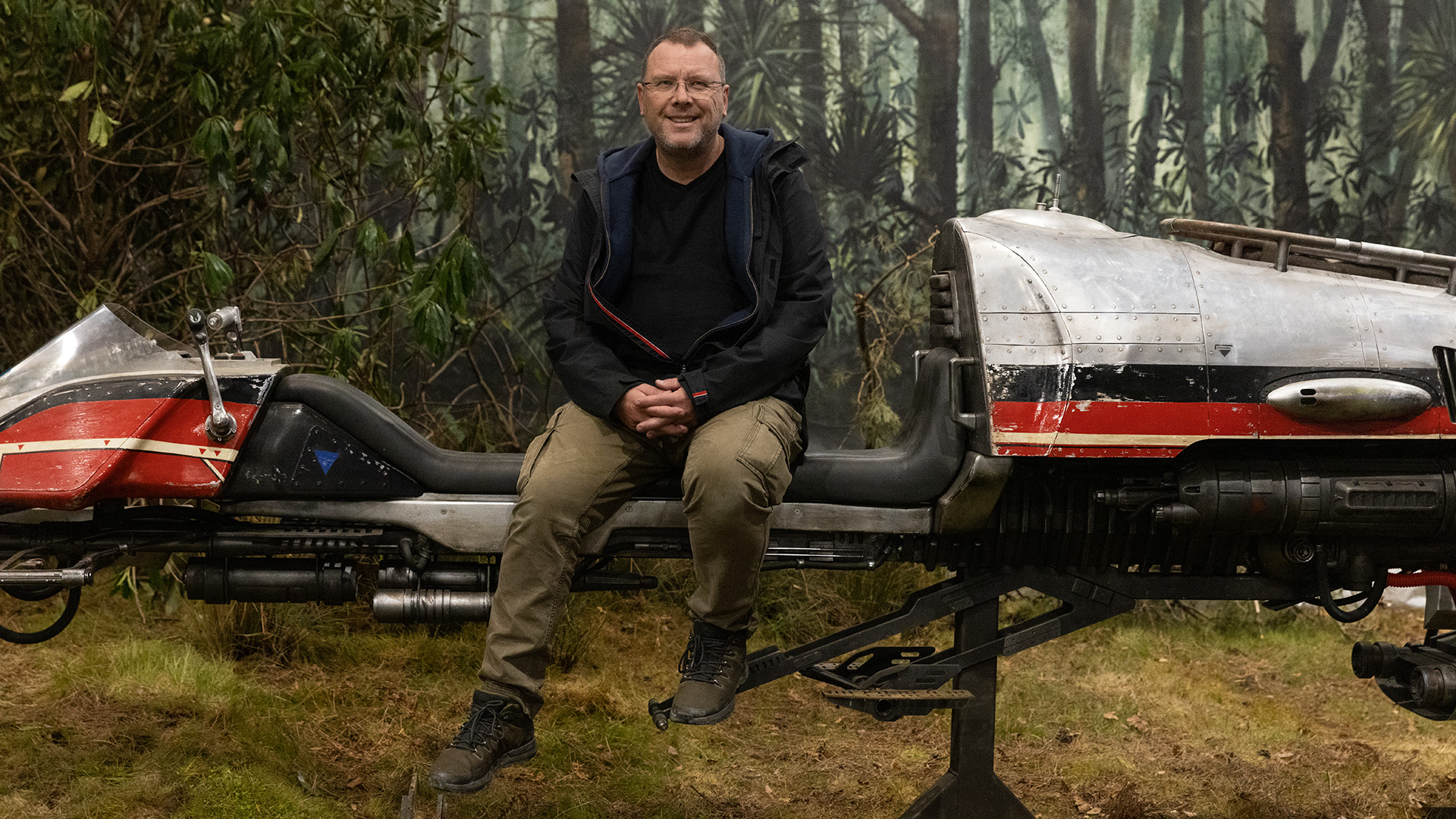
Kevin Jenkins, production designer on The Acolyte, brought a rich cinematic Star Wars expertise to the series’ production, having designed many of the locales, characters, sets and hardware for Rogue One: A Star Wars Story (2016), Star Wars: The Last Jedi (2017), Solo: A Star Wars Story (2018), and Star Wars: The Rise of Skywalker (2019). For The Acolyte, Jenkins zeroed in on two earthly regions that could fulfill the multiple exterior location needs called for in the script – Wales in the United Kingdom, which would serve as multiple settings on the planet Brendok, and Madeira, Portugal, which would double for environments on Ueda, Olega, Khofar, and the “Unknown Planet.”
Ueda
The audience is first introduced to the world of The Acolyte through the gates of an outpost on the planet Ueda, a new location in Star Wars storytelling that was shot on the island of Madeira. “Madeira is a startling island off the coast of Africa, a Portuguese island, which to me looks like Hawaii,” says Jenkins. “It’s this amazing jutting forested rock that comes out of the sea. On one of the headlands [Ponta de São Lourenço] we discovered a microclimate that was like a brown dusty Western, which is what we wanted for Ueda. Even though it’s very quick and fast scene, it was the perfect location.”
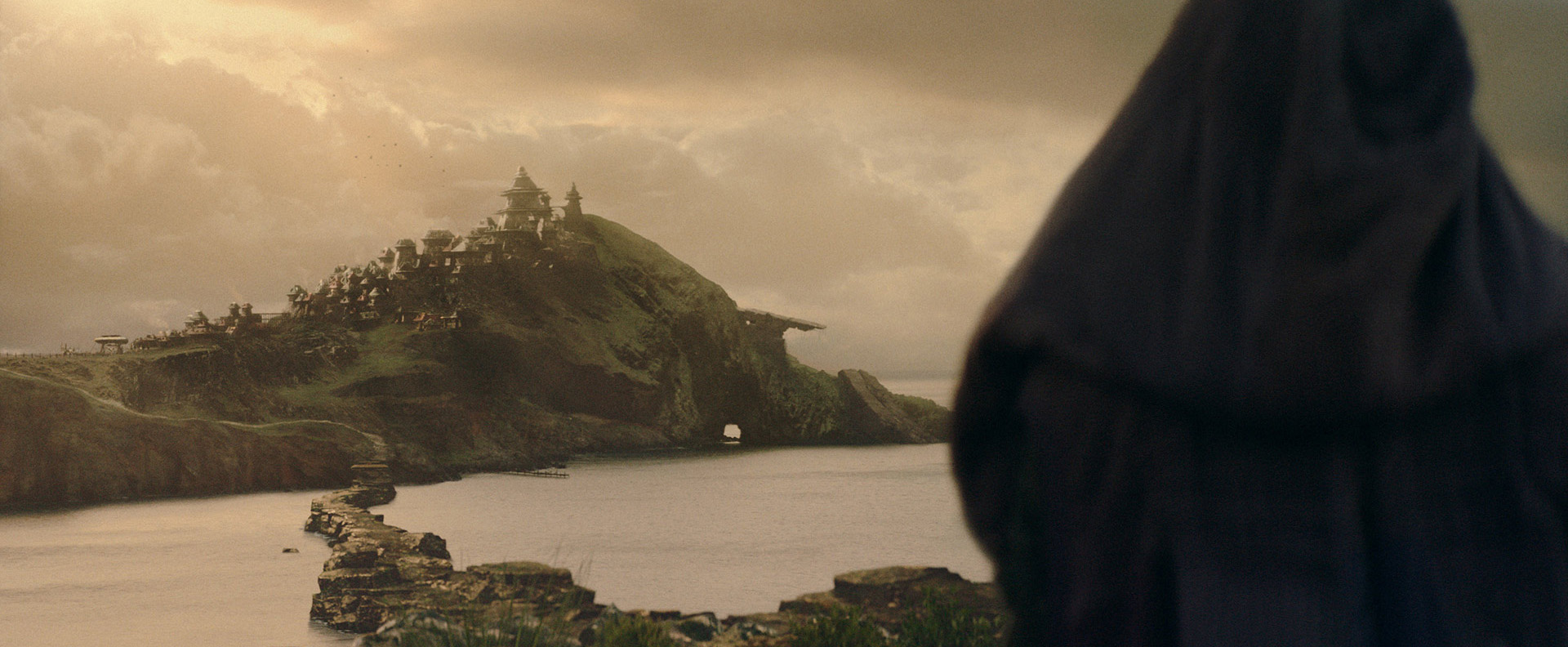
Olega
Another headland bluff on Madeira called Pedra D’Eira was used for the establishing vista on Olega, the planet seen in the second episode where Mae (Amandla Stenberg) infiltrates the local Jedi temple to assassinate Jedi Master Torbin (Dean-Charles Chapman). While the exterior establishing shots of the bluff are stunning, Jenkins is quite proud of the aesthetic designed for the interiors of the Olega city, which were shot at Shinfield Studios, west of London. “Olega is essentially Casablanca in space,” he explains. “It’s screaming blue and red. So much of Star Wars, apart from being white, black and gray – the colors of war and the Empire – is ‘brown desert planet.’ So we tried to really pull away from that to give each place, each locale its own kind of color identity.”
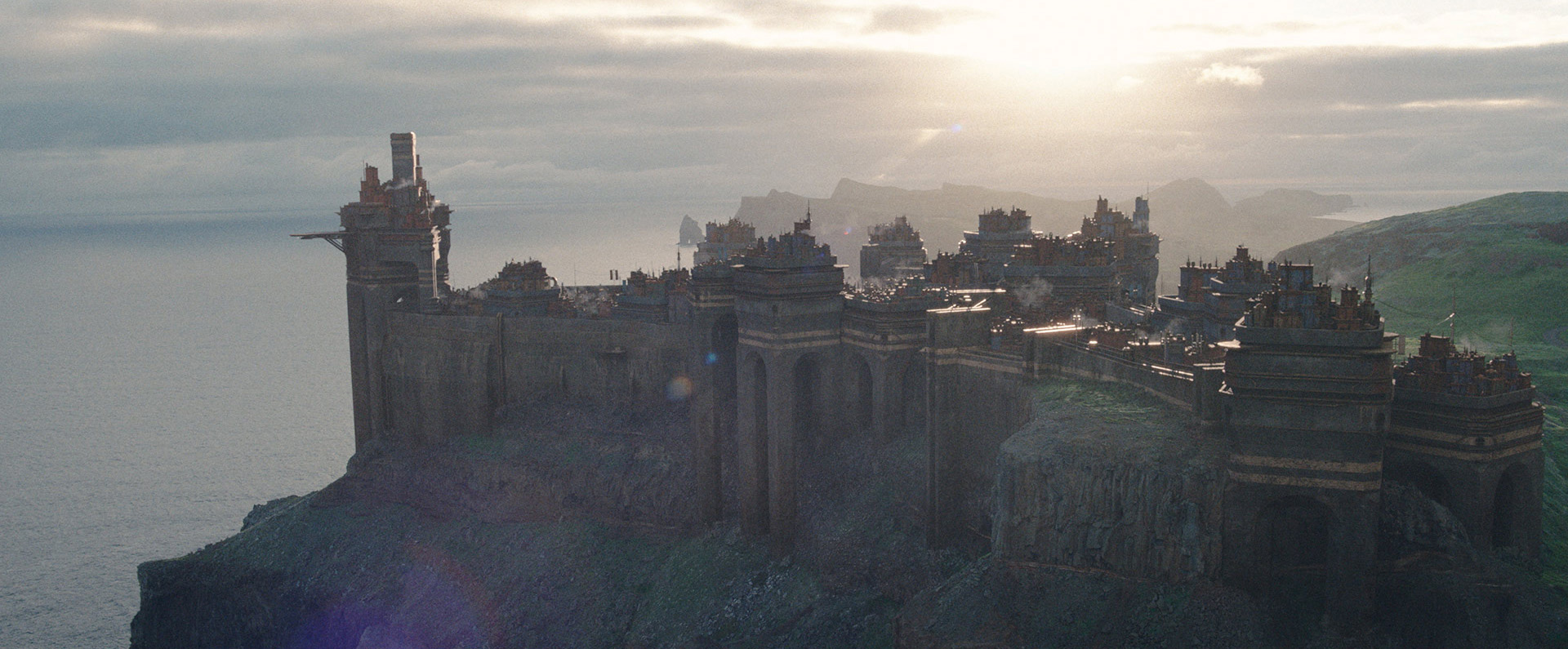
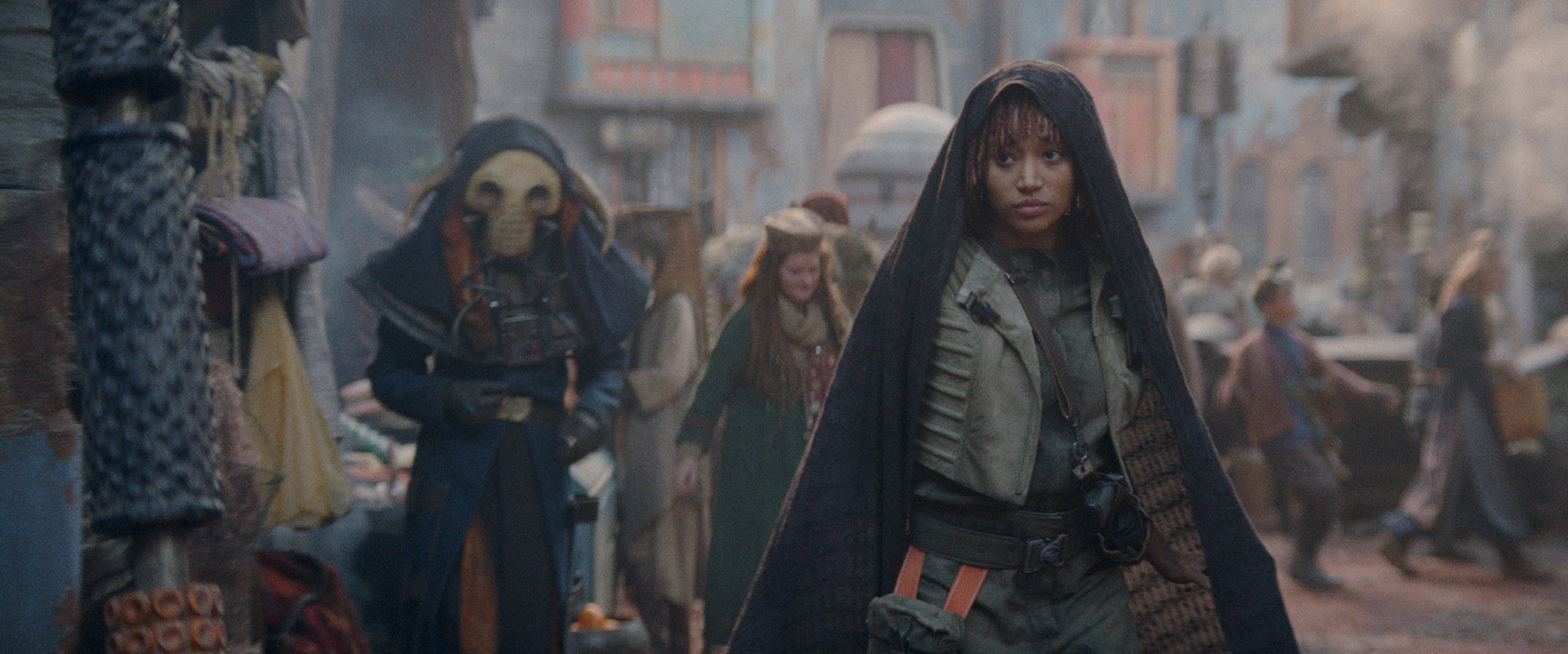
Brendok
The third episode steps back 16 years to explore Mae’s and Osha’s past on their home planet of Brendok. Whereas all other exteriors in The Acolyte were shot in Madeira, Brendok’s were solely shot in Wales (with the exception of the campfire scene, which was captured at Pinewood Studios). With the Brendok scenes requiring the most real-world exteriors for a single planet on the show, Wales proved a perfect (and relatively close) region to capture the rough beauty of the witches’ planet.
“What was really interesting about Wales, especially Southern Wales, is that it had a very raw sort of feeling to it,” says Jenkins. “What also gravitated us to the area was the location of the landing of the [Jedi starship] Polan, which became our anchor base. Just behind us in that same valley was this old 18th century dam, this massive black stone brick wall. And nearby was this wonderful forest where the whole floor was a bed of moss growing up the trees that I thought could be where the girls are first introduced. So with the moss forest, the valley vistas and this dam that’s singing out to be used, Wales just seemed to tick all the boxes.”
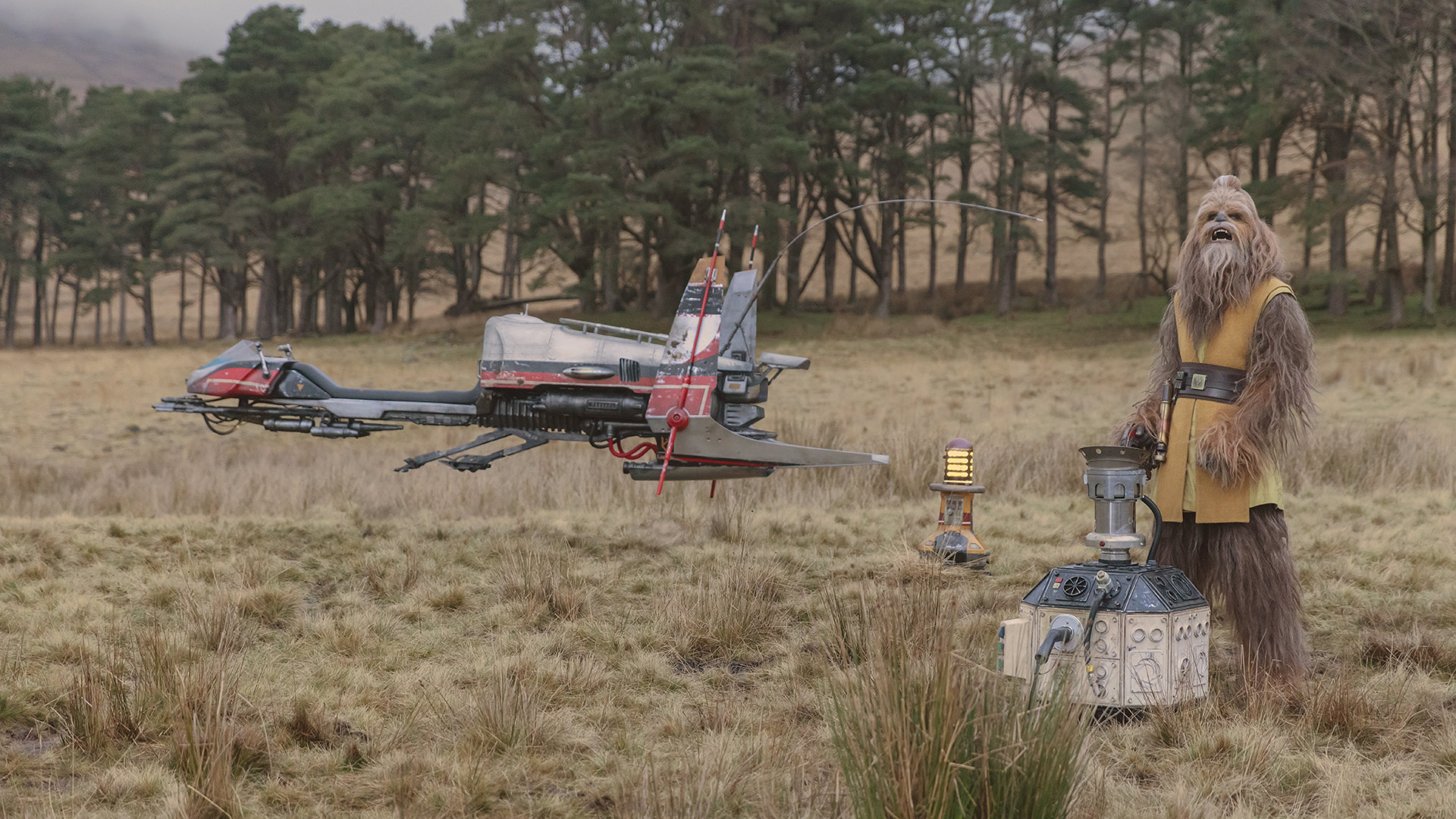
The black stone dam, which ultimately doubled as the entrance to the witches’ fortress, is actually a part of the Upper Neuadd Reservoir and Dam in Southern Wales. The dam’s unique appearance would influence the interiors of the fortress as well, which were later shot at Shinfield. “The slate and the rocks influenced heavily the direction of where the witches were going to live and what that rough environment looked like,” explains Jenkins. “They have taken themselves to the far end of the galaxy, hopefully never to be found by anybody. It’s a harsh place to live which is why they’re there.”
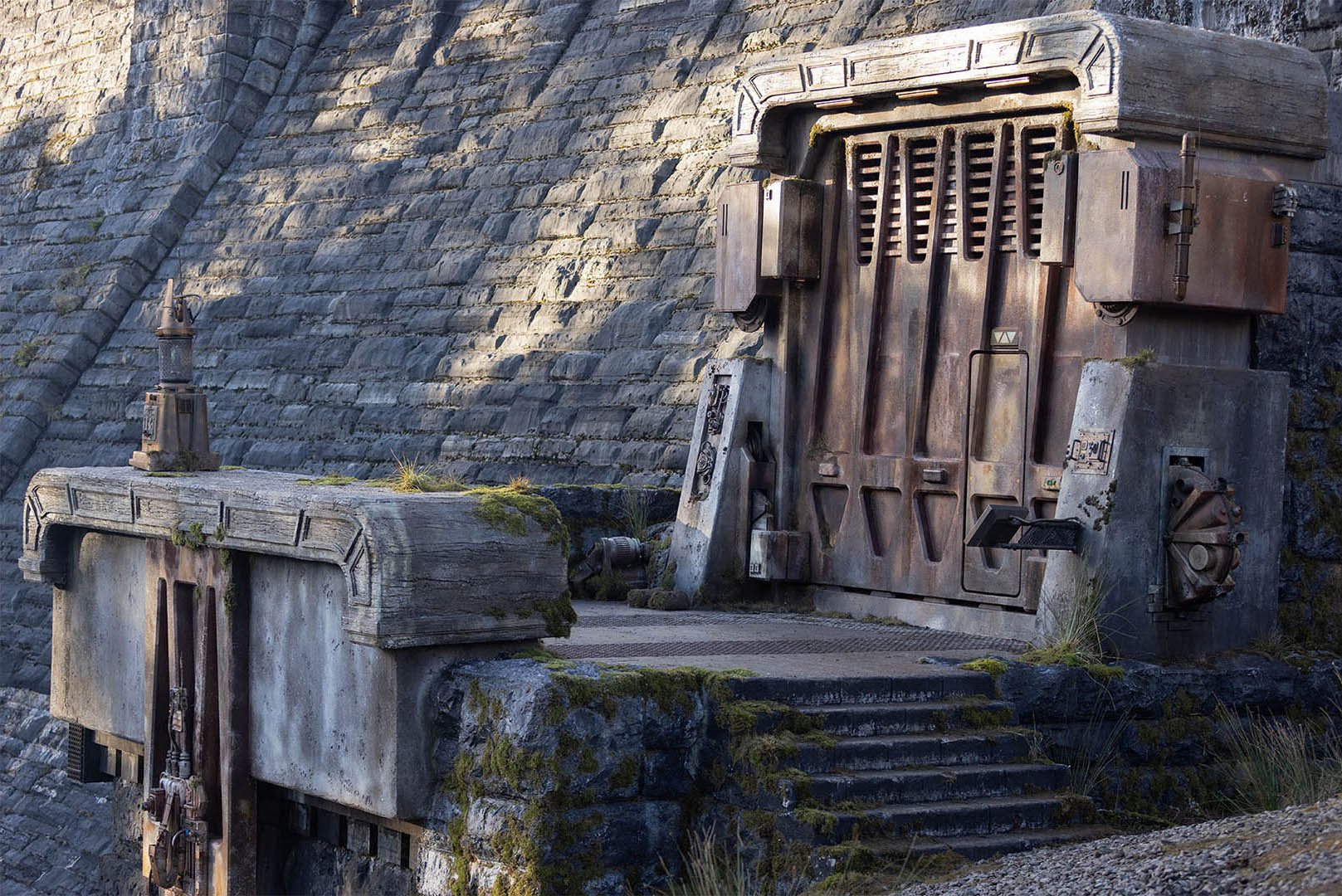
In addition to the moss forest where the twins are introduced, another nearby forest – Cadlan Woods in Southern Wales – provided one of the most memorable features on Brendok – the yellow willow-like tree that stands out among the pines. “Storywise, the script called for a ‘waterfall/special place’ where the girls could go to be away from the fortress,” says Jenkins. “I looked for waterfalls and other places and none of them said, ‘why would you go there?’ So in looking around locations, there was this forest that was all pine trees but had one dead oak tree in the middle of it. I kind of got interested in that and wondered if we might make a ‘space willow tree’ out of it. And so that tree is actually there, and the yellow is there, but we put it all on it. So technically we made that tree.”
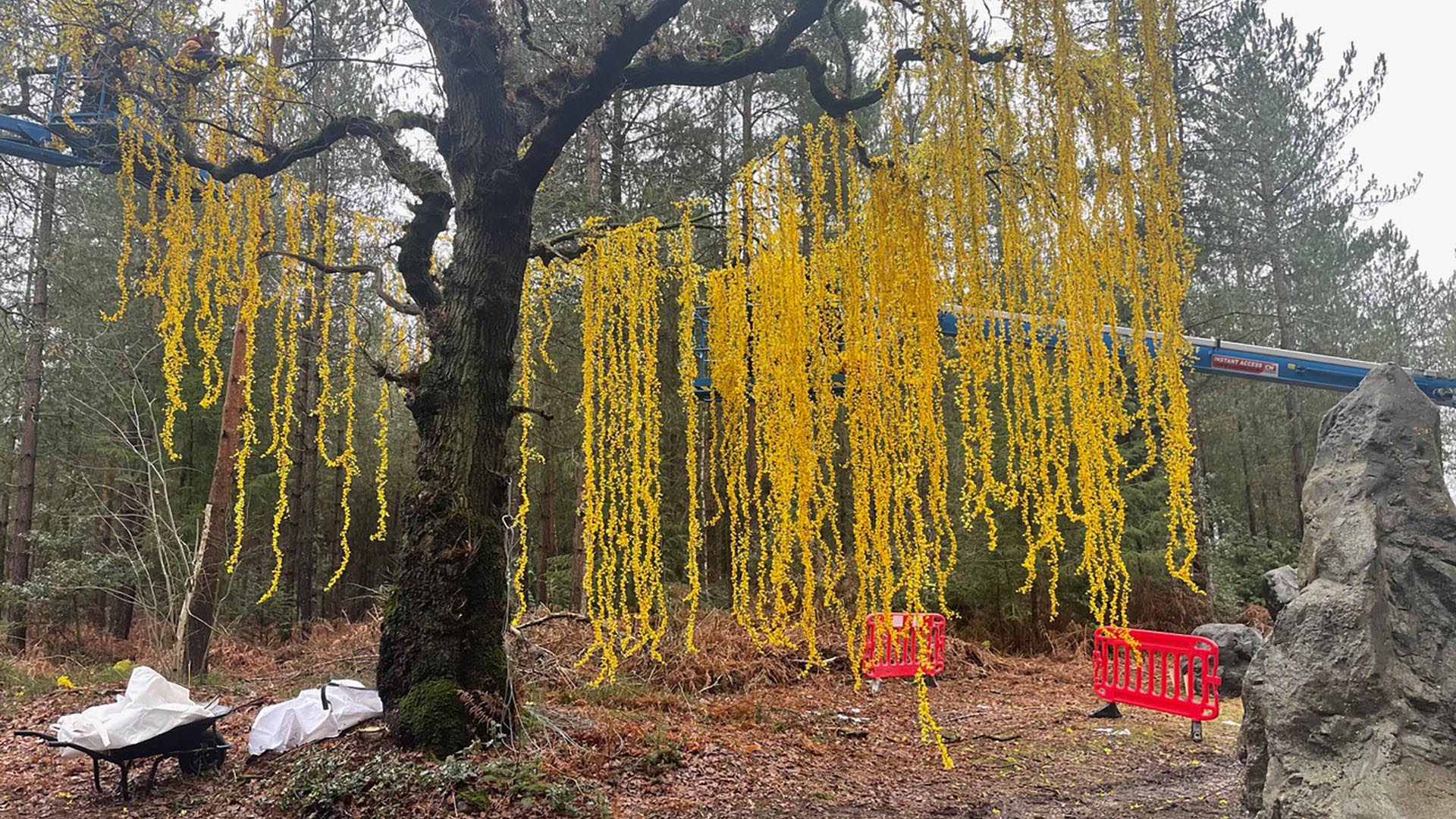
Khofar
Back on Madeira, several locations on the island doubled for exteriors on the planet Khofar, including Pico do Arieiro, the stunning vista that introduces the planet in Episode 4. The towering tree forest perimeter, which could be seen in shots captured at Madeira’s Fanal Forest and Poço das Casas, were digitally inserted into the plates since no such forest exists naturally on the island. “’Space forest’ was the inspiration,” according to Jenkins, who likened the interior of the woods to that of the jungle planet Dagobah, at least in terms of its construction at Shinfield Studios.
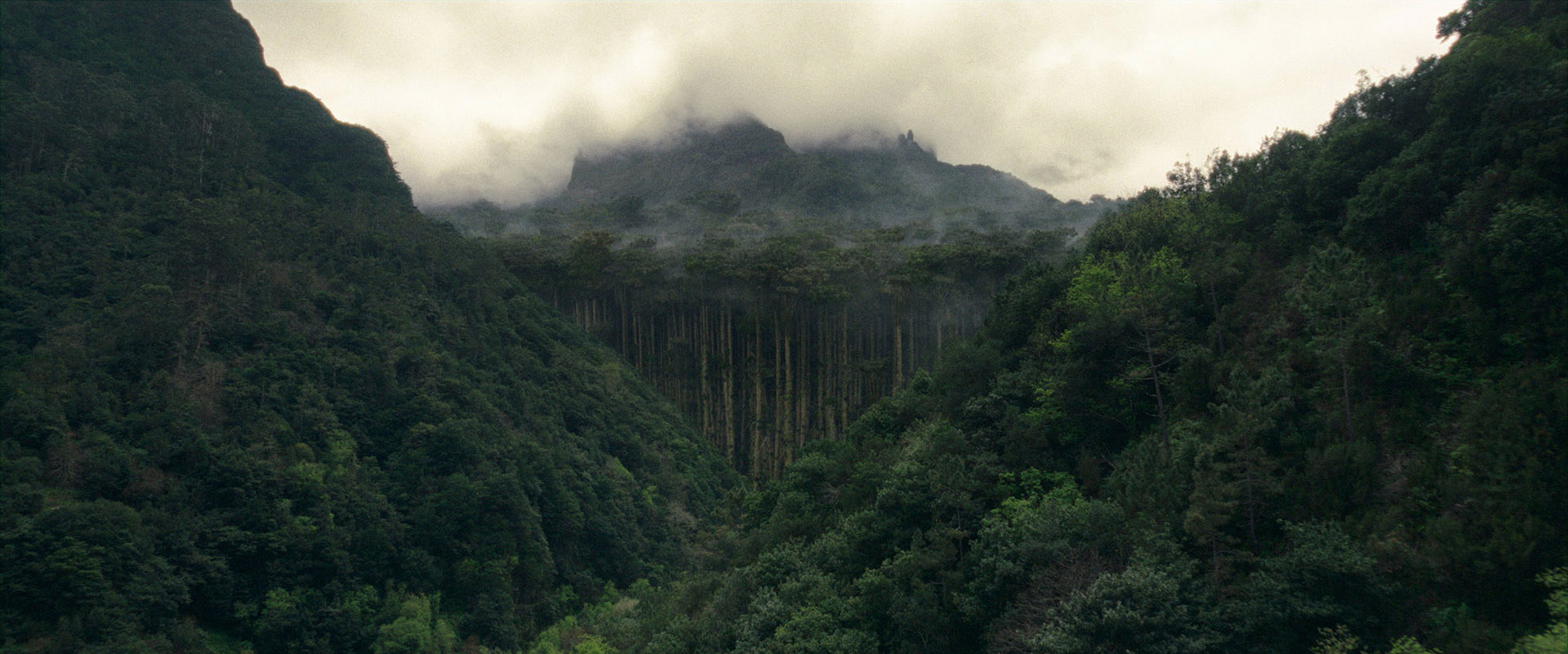
For the Khofar forest scenes, a fabricated set would fill Shinfield’s entire 70,000 square-foot soundstage and even “bleed out” the large stage doors in some sections, according to Jenkins. “We made eight or ten 40-foot-wide ‘mega trees’ that were 30 feet tall, and brought in 160 trees from the outside. It was the biggest set I’ve ever made, and I’ve made some big ones.”
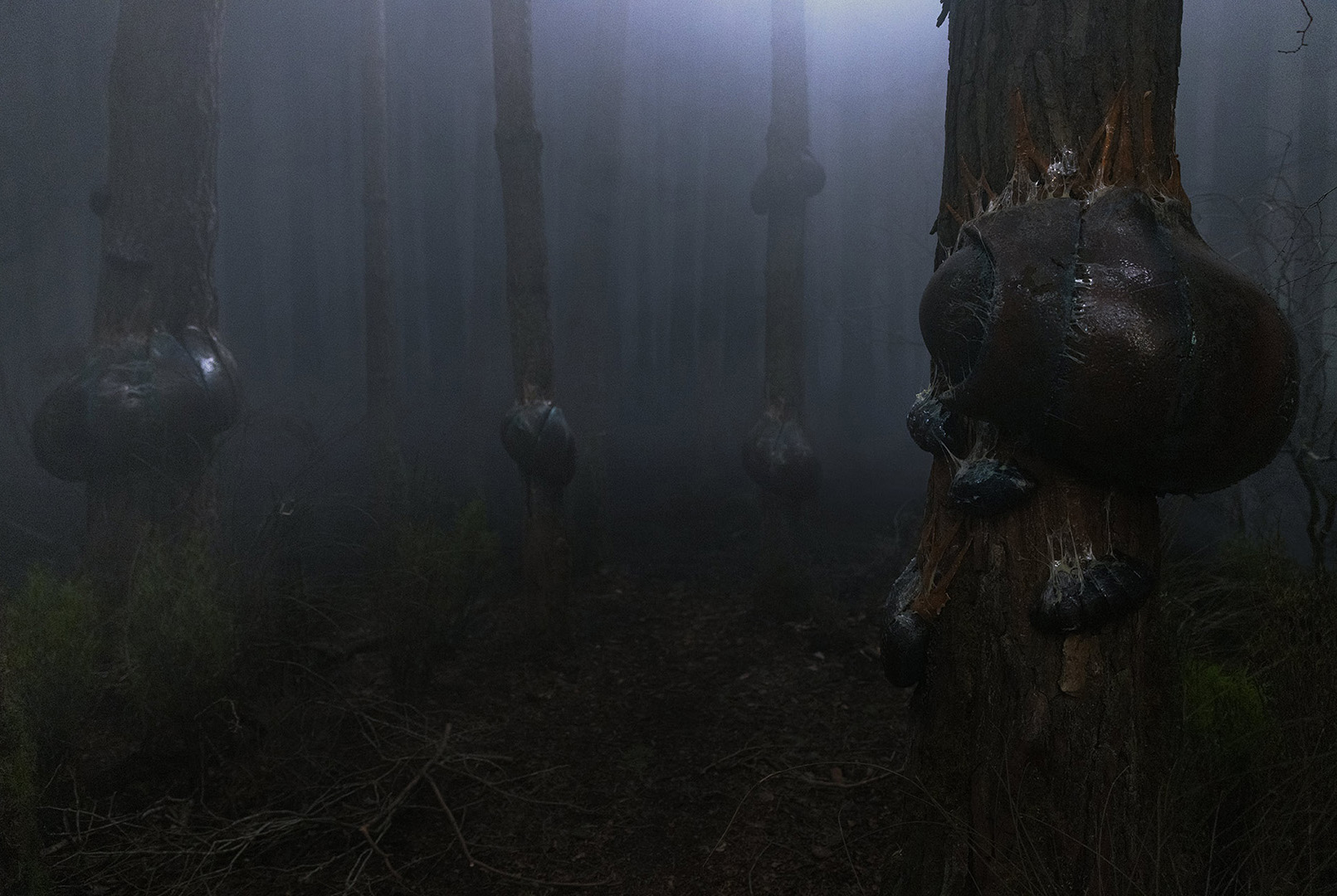
Unknown Planet
The setting of the “Unknown Planet” is actually introduced briefly at the end of Episode 1, when we first get a glimpse of “the Stanger” (Manny Jacinto). But this location does not get any serious screen time until Episode 6 when Osha finds herself captured by the Stranger and brought to the mysterious locale. The locations used for the Unknown Planet exterior scenes were all shot along the northern coastline of western Madeira, which possesses “an almost volcanic, Icelandic kind of dark rock,” according to Jenkins. The mouth of the Stranger’s cave, which looks out to a giant rock shooting up from the sea, was shot at Ribeira de Janela, and has that “there there” quality that sold Jenkins on the site.
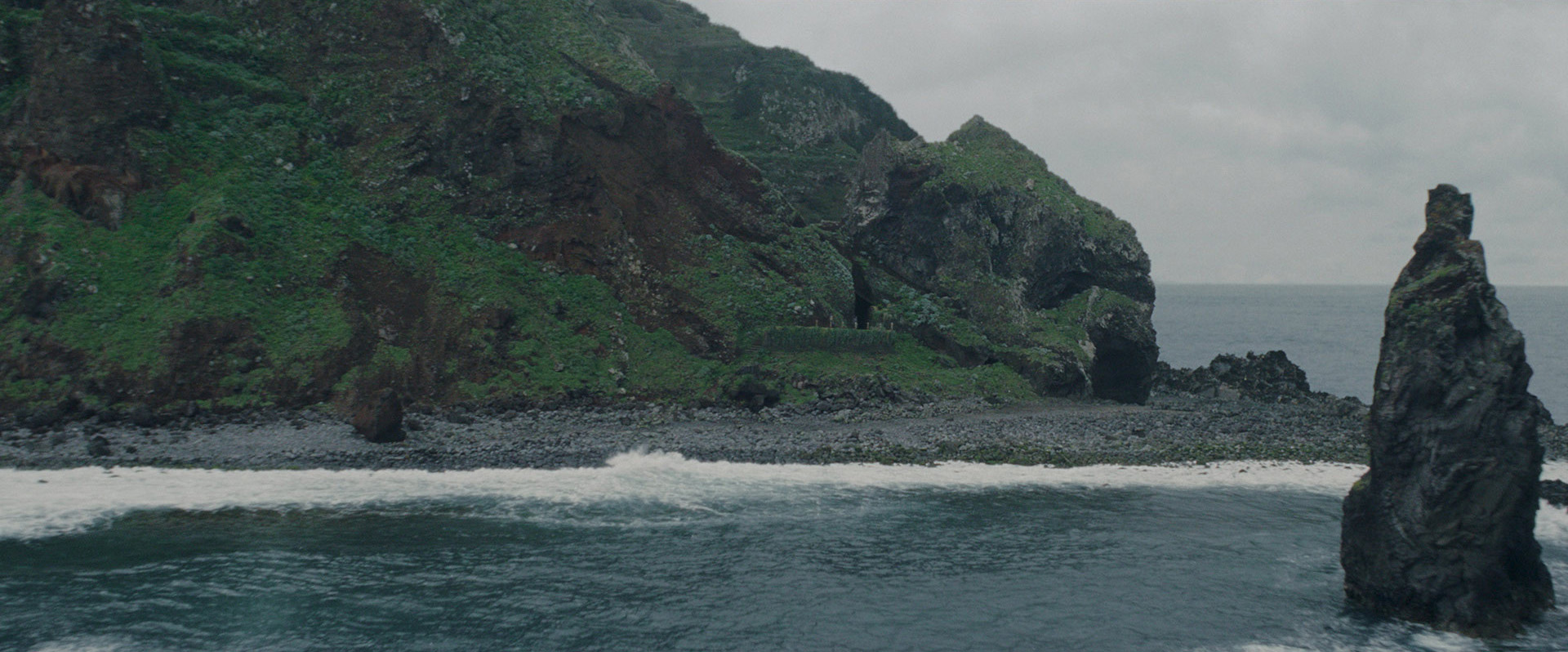
“What was also very fortunate about that location was that fifteen minutes down the road we found those rock pools that the Stranger swims in,” continues Jenkins, referring to Madeira’s Porto Moniz Rockpools. Prior to discovering the site, Jenkins wasn’t sure how he was going to pull off the scene. Fortunately, Madeira had the perfect setting built right into its coastline. “[The Stranger] is in a real place with these amazing volcanic rocks looking out to the crashing waves of the sea. It was an incredible find.”
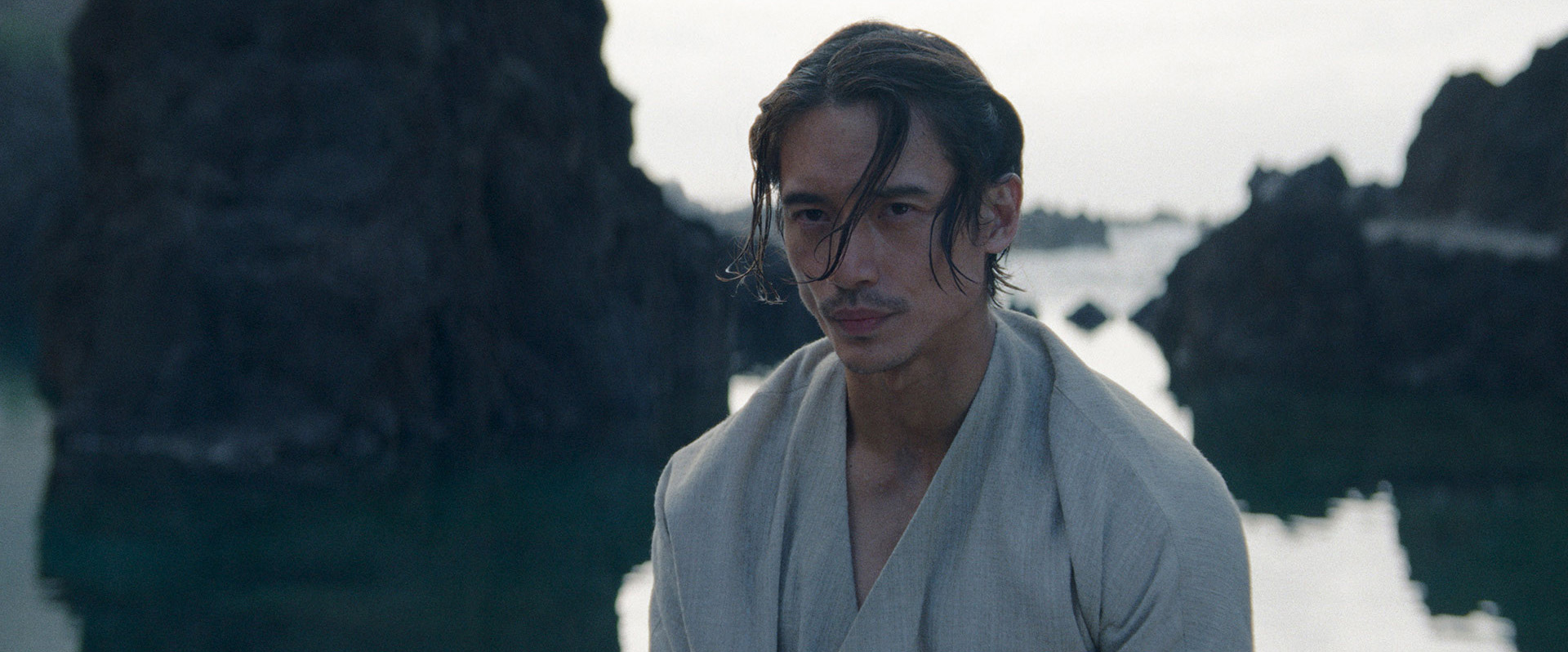
Watch all eight episodes of The Acolyte on Disney+.
Pete Vilmur is a writer for Lucasfilm Publicity and co-author of The Star Wars Poster Book, The Star Wars Vault, and The Complete Vader.
—
Lucasfilm | Timeless stories. Innovative storytelling.

